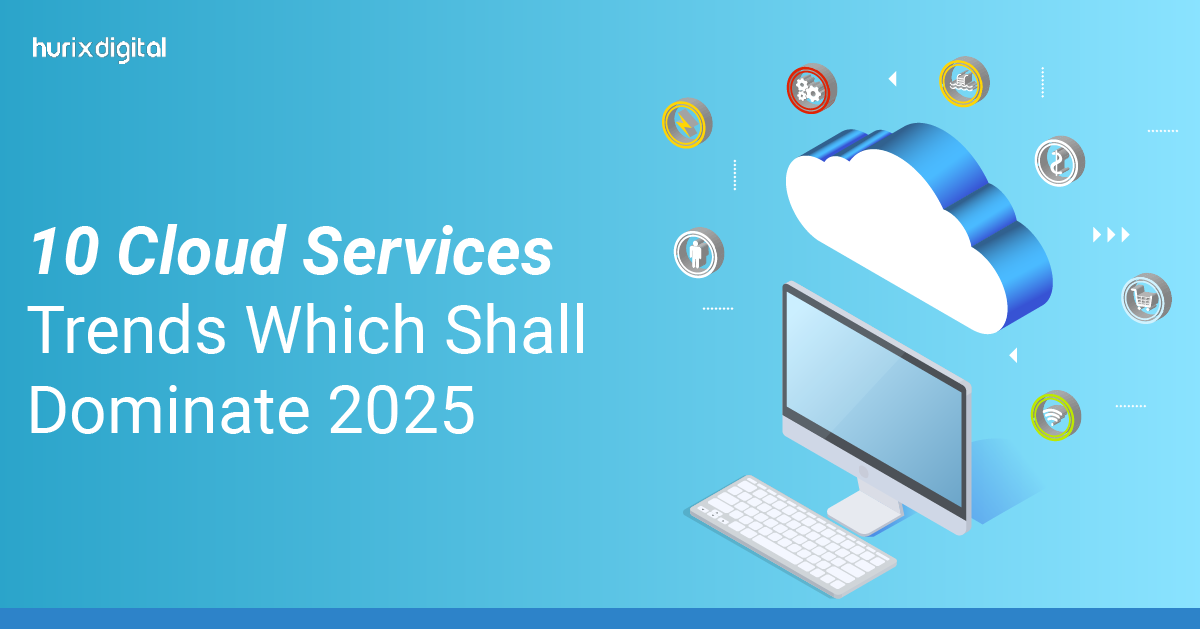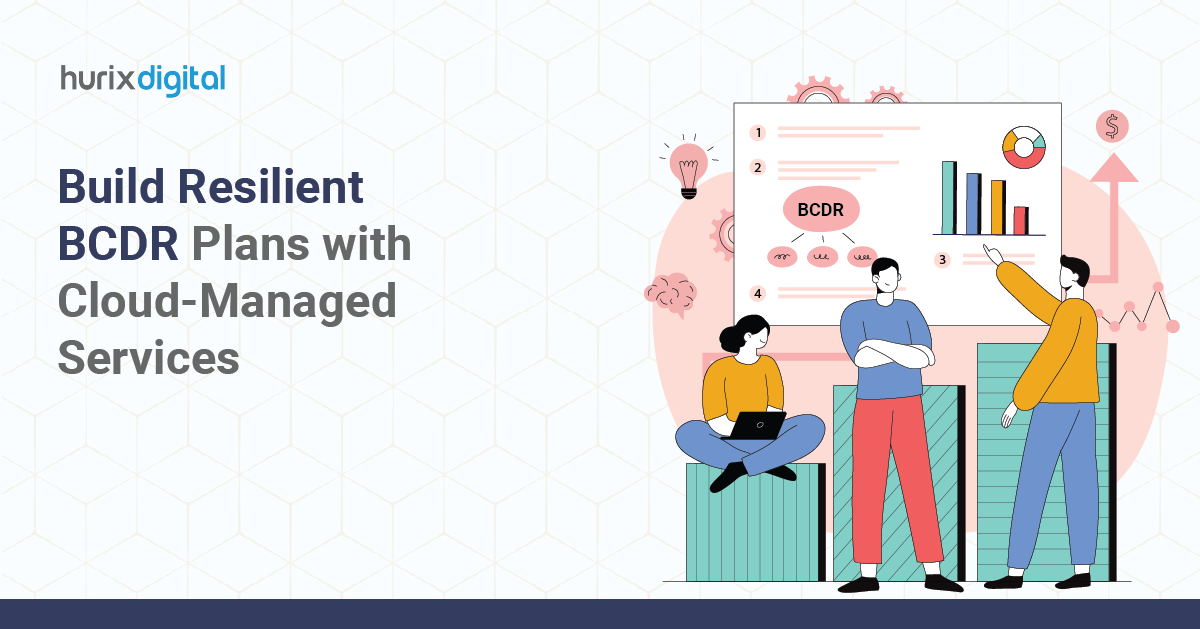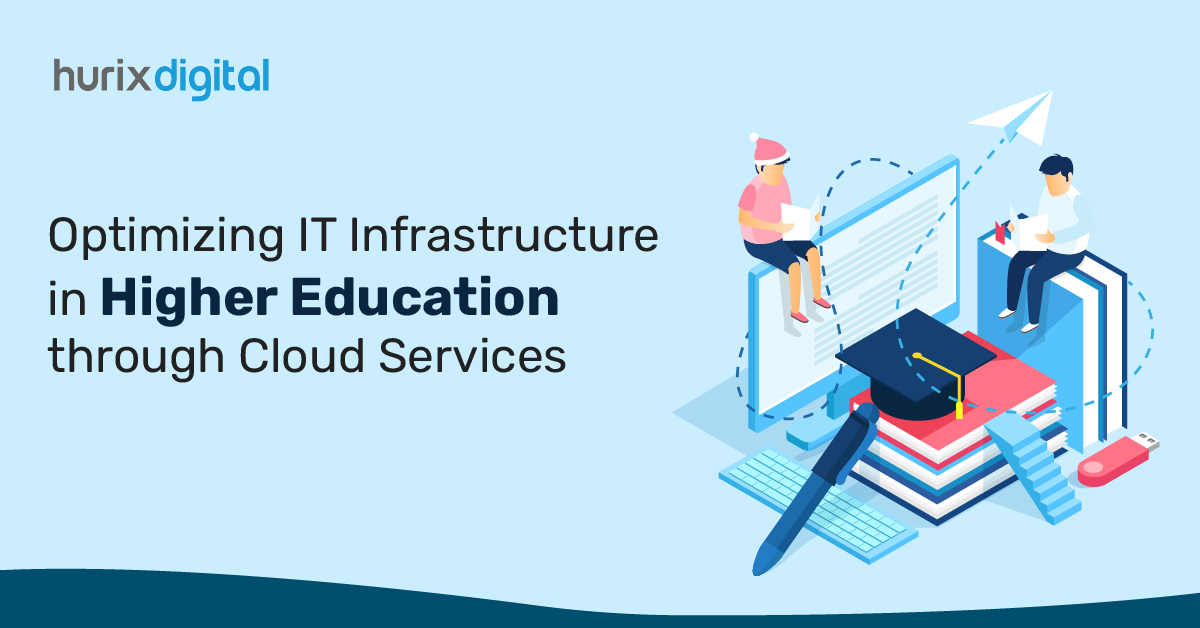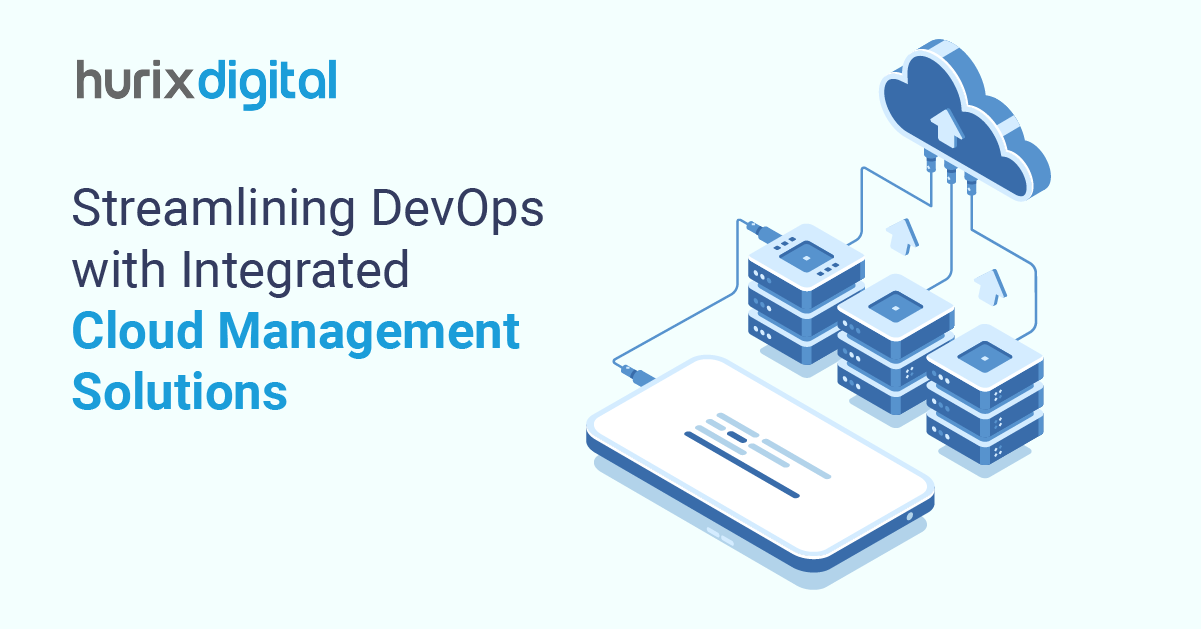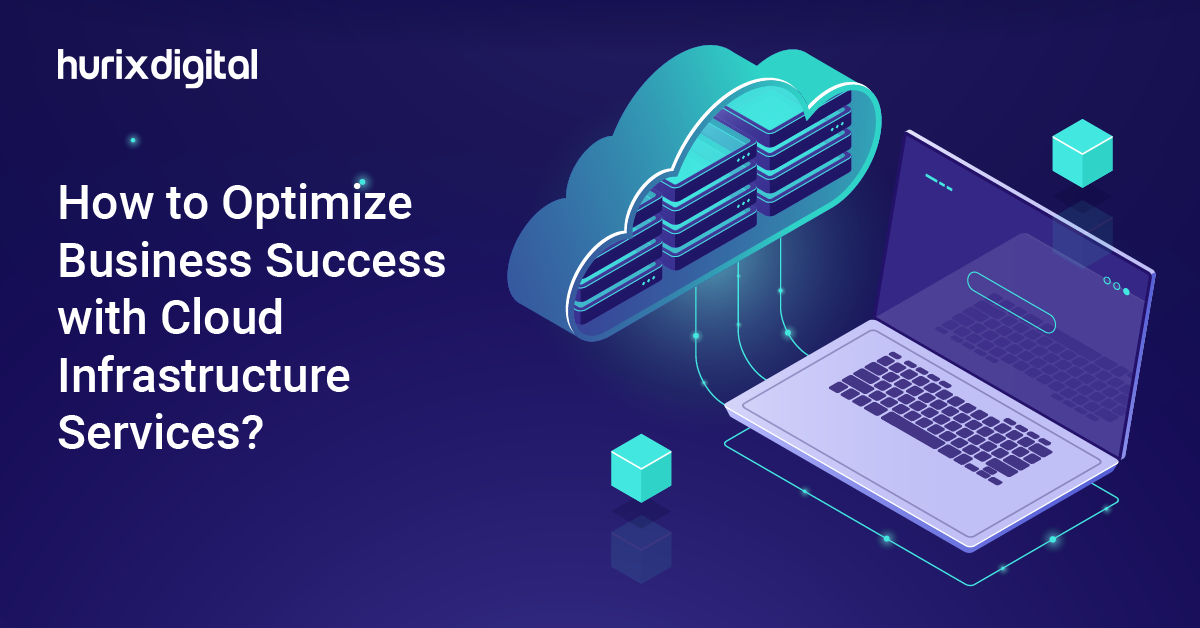
How to Optimize Business Success with Cloud Infrastructure Services?
Summary
This article highlights the importance of cloud performance monitoring and reviews top tools and techniques for ensuring efficiency and optimizing cloud operations.
As more businesses migrate all their data and processes to the cloud, cloud performance monitoring will become a key function of cloud management. Monitoring cloud performance will increasingly play an important role in helping businesses harness the cloud’s full potential. This 24/7 function creates visibility on all aspects of the cloud environment, such as data storage, networks, and connected apps.
Today, cloud infrastructure services can help businesses monitor the cloud effectively. They can boost operational efficiency, reduce costs, and ensure scalability without any significant upfront hardware costs.
This article provides detailed insights into the tools and techniques of cloud performance monitoring to ensure optimum efficiency.
Table of Contents:
- What are Cloud Infrastructure Services?
- Top 4 Cloud Performance Monitoring Tools
- Top 5 Cloud Infrastructure Monitoring Techniques
- Conclusion
What are Cloud Infrastructure Services?
Cloud infrastructure services refer to a set of virtual, cloud-related resources and services offered by technology experts to businesses.
The range of services may include:
- Infrastructure as a Service (IaaS)
- Platform support
- Data management
- Storage solutions
- Networking capabilities
- Security solutions tailored to meet specific business needs
Due to the rising demand for accessible cloud infrastructure, the global market share of IaaS is projected to reach $183.50 billion in 2024 and $461.90 billion by 2029.
Businesses can derive multiple benefits from using cloud infrastructure services as follows:
- Ease of access to seamless cloud migration, monitoring, and management
- No hardware set-up costs
- Ability to scale up and scale down quickly
- Reduced overall operational costs
- High security of data
- Enables cloud cost optimization
- Enhanced computing power due to the integration of AI, robotic automation, and machine learning with cloud computing capabilities to drive key outcomes
Today, monitoring cloud performance is an important function for businesses looking to harness the full potential of cloud computing. Superior cloud monitoring solutions can help businesses build, innovate, and deploy superior services and products faster and more cost-effectively.
Let’s review some of the superior tools and techniques associated with cloud monitoring.
Also Read: 12 Emerging Trends in Cloud Managed Services: Predictions for 2025
Top 4 Cloud Performance Monitoring Tools
Here is a brief review of four popular cloud performance monitoring tools:
1. RackWare
Hybrid cloud management platform Rackware is a versatile solution that offers enterprises flexibility across both physical and virtual cloud environments. Enterprises can similarly migrate all their data onto the cloud and reap the benefits of data recovery along with other features. This is a cost-effective option for data migration and data disaster recovery situations.
2. OpenStack
This dynamic open-source cloud management platform is deployed as an IaaS platform. It continues to evolve quickly as per emerging cloud needs, with a global community of programmers contributing towards the codebase.
Users can create public and private clouds, and the software works well with heterogeneous networks. The platform supports easy third-party integrations and cloud migration from legacy systems. A key advantage is having complete control over data access and security.
3. CloudHealth by VMWare
CloudHealth offers a simplified solution for software businesses to build innovative products and quickly and efficiently take them to market. The software enables enterprises to streamline financial management, boost organizational collaboration across multiple cloud environments, and optimize operational efficiency. It promises higher developer productivity and an increase in software production.
4. Apache CloudStack
This open-source solution for cloud management is delivered as an IaaS to enterprises. Apache CloudStack helps enterprises deploy and manage large networks. It can handle all account management aspects, helps monitor financial resources, and seamlessly runs third-party APIs. The platform is constantly being updated based on the feedback of its large community of users.
Top 5 Cloud Infrastructure Monitoring Techniques
Here is a snapshot of important techniques that businesses can adopt to ensure optimal monitoring of the cloud.
1. Adopt Usage of Single, Unified Cloud Monitoring Platforms
Businesses must ensure that their on-premise infrastructure is fully integrated with their new cloud environment for a holistic monitoring experience.
A single unified platform enables the integration of metrics from existing infrastructure and the cloud environment for comprehensive monitoring. Data unified helps team members get complete visibility across networks and apps.
2. Monitor Cloud Consumption Patterns and Levels
Businesses must monitor and analyze how cloud consumption impacts the performance of the remaining infrastructure. Cloud consumption refers to the amount of data transferred, stored, and processed.
Monitoring cloud consumption helps businesses align cloud usage with their real-time business needs. They can set alerts to inform them of growth or drop in consumption and add capacity accordingly.
3. Monitor the User Journey and Experience
Businesses want to optimize user experiences. By syncing the end-user experience tool to the cloud, businesses can track the user journey and work towards optimizing their offerings to users.
For instance, they can set alerts when users experience a slow response time on an application. Such alerts help businesses stay informed about a user’s experience and respond in real-time.
4. Use Standardized Metrics
Businesses tend to work with multiple vendors for their diverse needs. Superior cloud monitoring services can recognize and process data across multiple vendor systems.
Thus, businesses can use standardized metrics to get complete visibility of all data at a glance and set alerts accordingly.
5. Ensure Cloud Compliance
The regulatory guidelines around data usage and related factors are continuously changing to ensure consumer data security and protection. A reliable cloud infrastructure services provider typically ensures that they are aligned with compliance guidelines as they evolve.
However, businesses must consider producing security audit reports to demonstrate to all stakeholders that their data management is compliant with local, national, and international guidelines.
Also Read: A Comprehensive CIO’s Guide to Developing a Cloud-First Strategy
Conclusion
Monitoring the cloud is emerging as one of the top cloud monitoring best practices, helping enterprises reap maximum cloud benefits.
For instance, using a single, unified platform, along with other key techniques and cloud monitoring tools, enables team members to monitor all aspects of the cloud with a streamlined, measurable, data-centric approach. Businesses can partner with a superior cloud infrastructure services specialist for best results.
Hurix Digital offers off-the-shelf and customized solutions, cloud expertise, and experience serving a wide range of businesses from diverse sectors and scales. If your organization seeks to optimize its cloud operations, talk to our experts for the best tools and techniques to meet your business’s specific needs.

Vice President and Strategic Business Unit Head – Cloud Services
A top technology management voice on LinkedIn with 20 Years of experience in Information Technology, Cloud Services, Digital Transformation, Application Modernisation, Managed Services, IT Security Engineering and Operations Management. An avid technology Leader, Leadership Speaker, Author & Coach.
